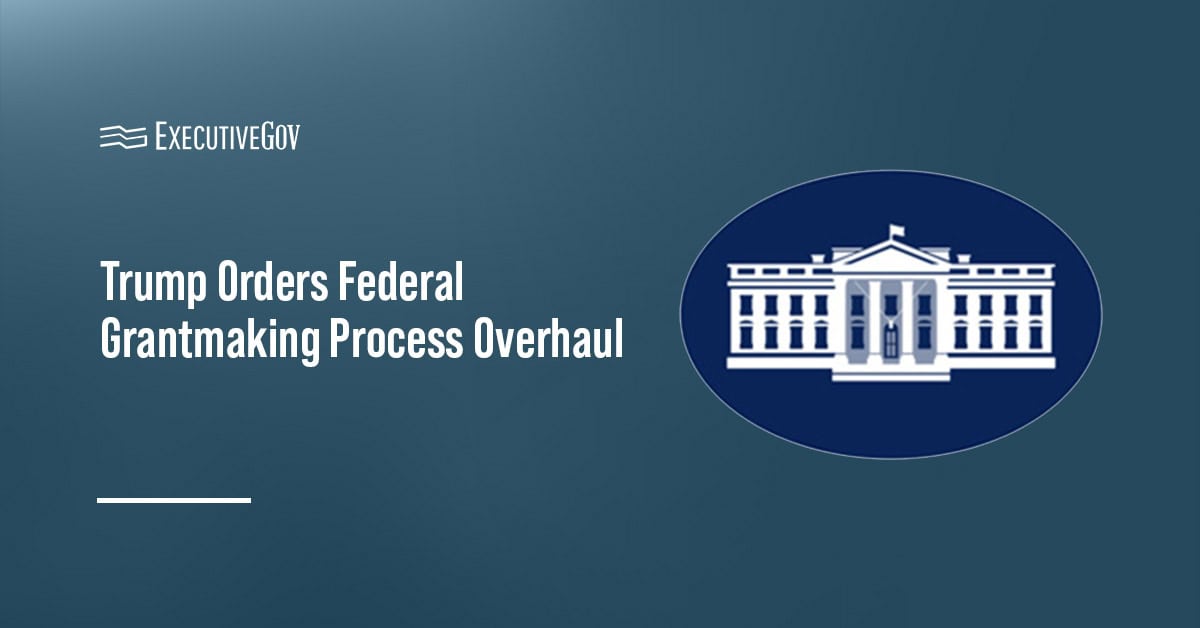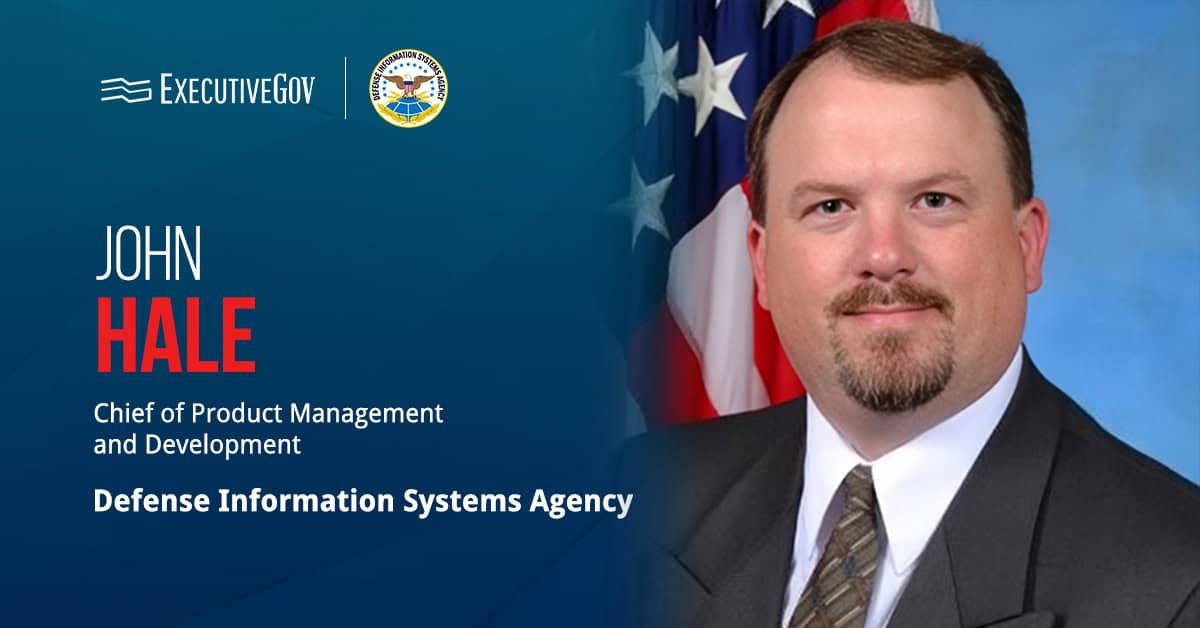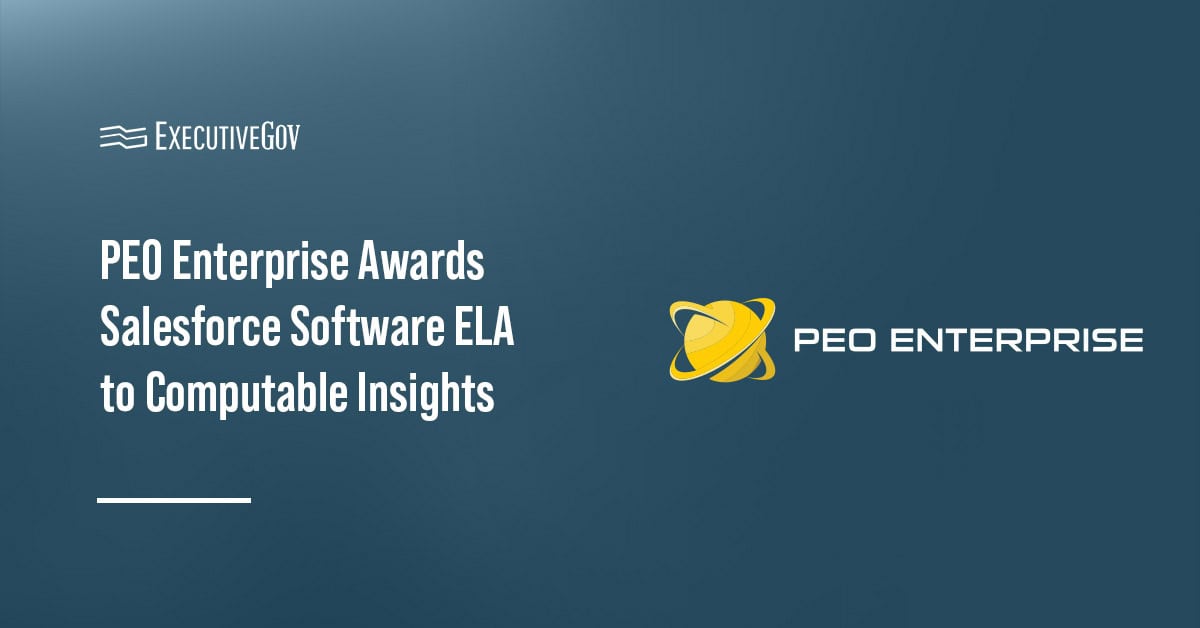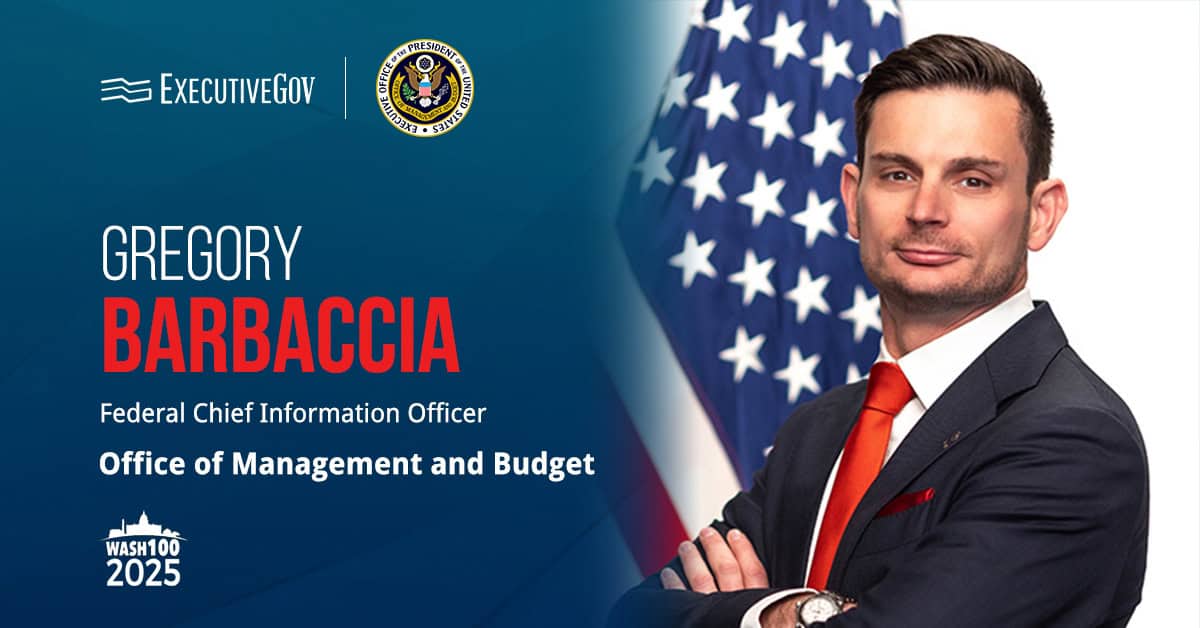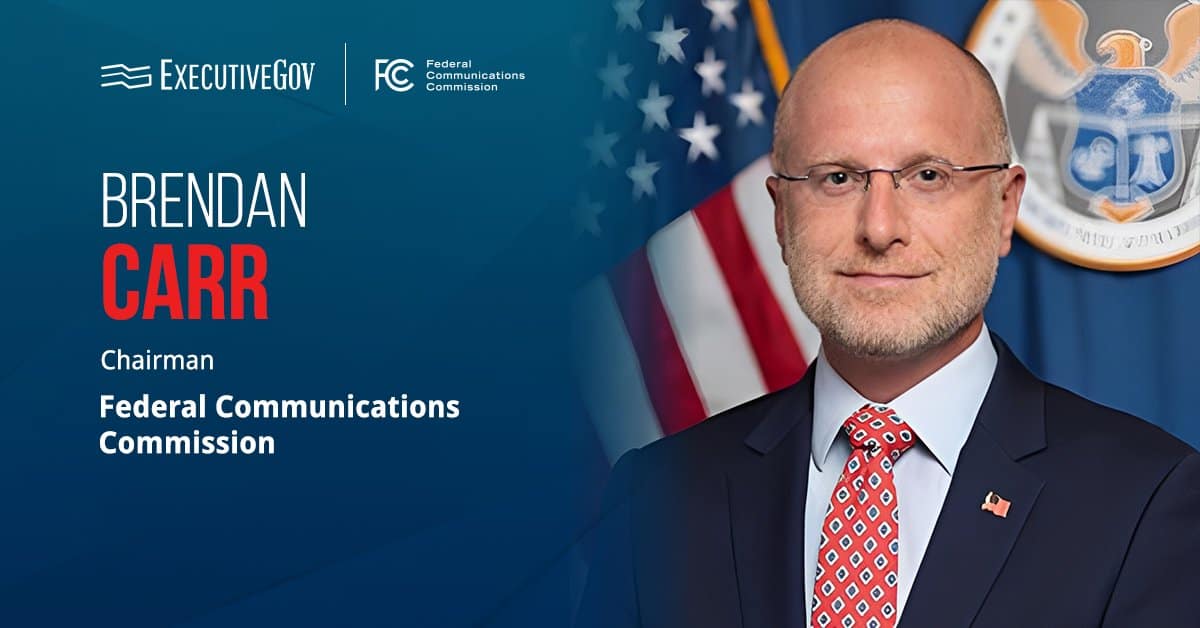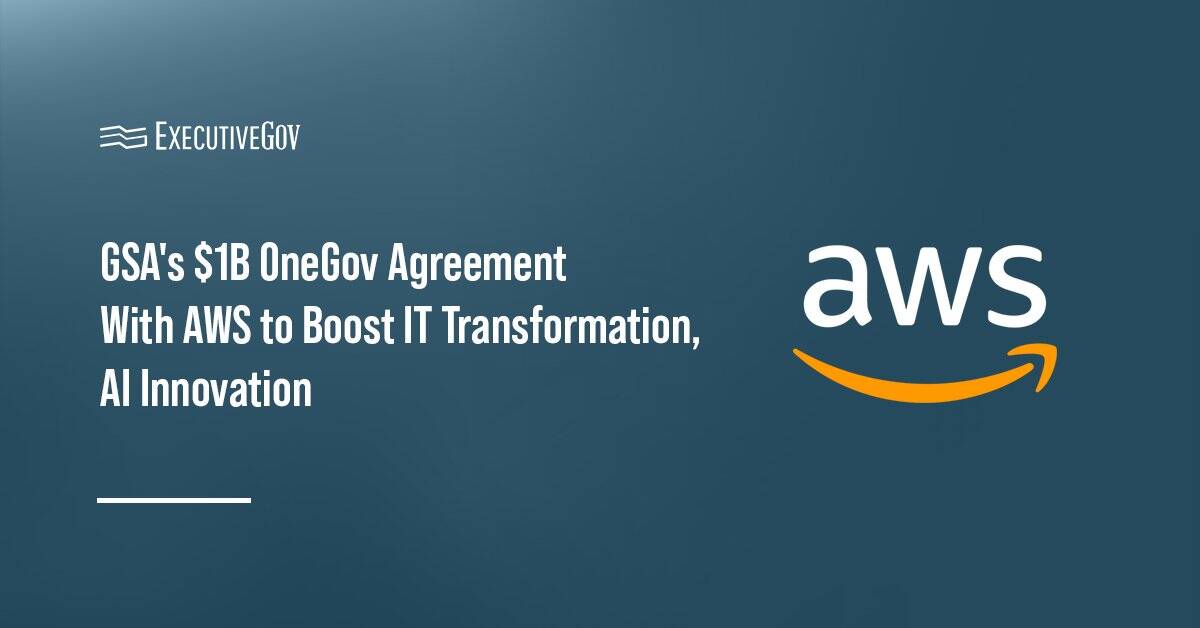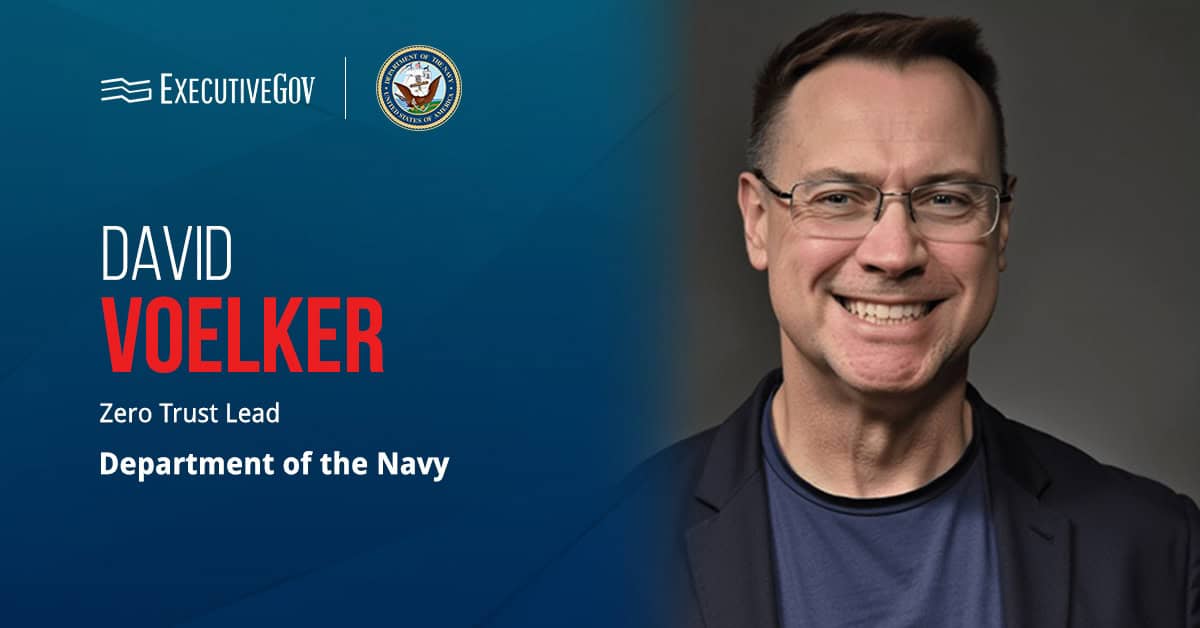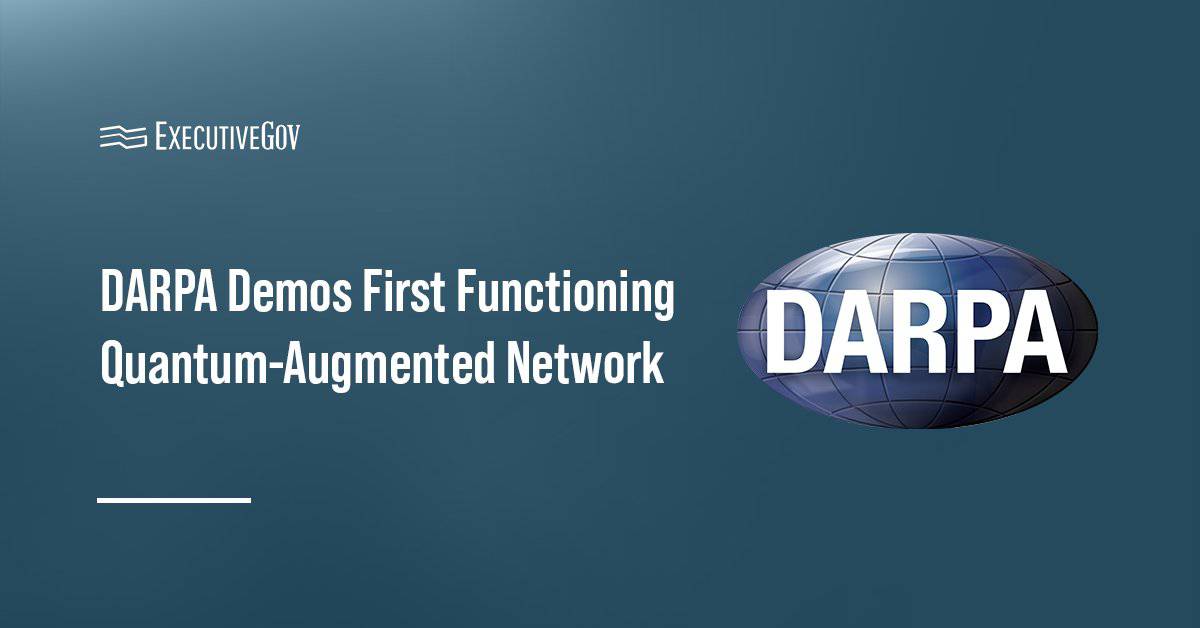President Donald Trump has issued an executive order aimed at overhauling the federal government’s grantmaking process.
Table of Contents
New EO to Prevent Tax Dollars Wastage
According to the president Thursday, the new EO aims to end “offensive waste of tax dollars” by establishing a new review process to determine whether grants prioritize national interest. Under the presidential directive, each federal agency will have a senior political appointee tasked with evaluating every funding opportunity announcement and grant award to ensure it will benefit Americans and align with agency priorities.
The EO permits the termination of grants that are not consistent with agency priorities, national interests and policy objectives. It is also intended to prevent grant duplication by enhancing interagency coordination.
Furthermore, the new directive is meant to streamline the grantmaking process by requiring agencies to simplify funding opportunity announcements. It also mandates federal agencies to not only prioritize universities and nonprofit organizations, especially those that have repeatedly received awards in the past.
Enforcing Accountability
The new EO also calls for enhanced accountability in the grantmaking process. The appointees and subject matter experts will conduct annual reviews of discretionary awards to assess their progress and ensure they stay aligned with agency priorities.


